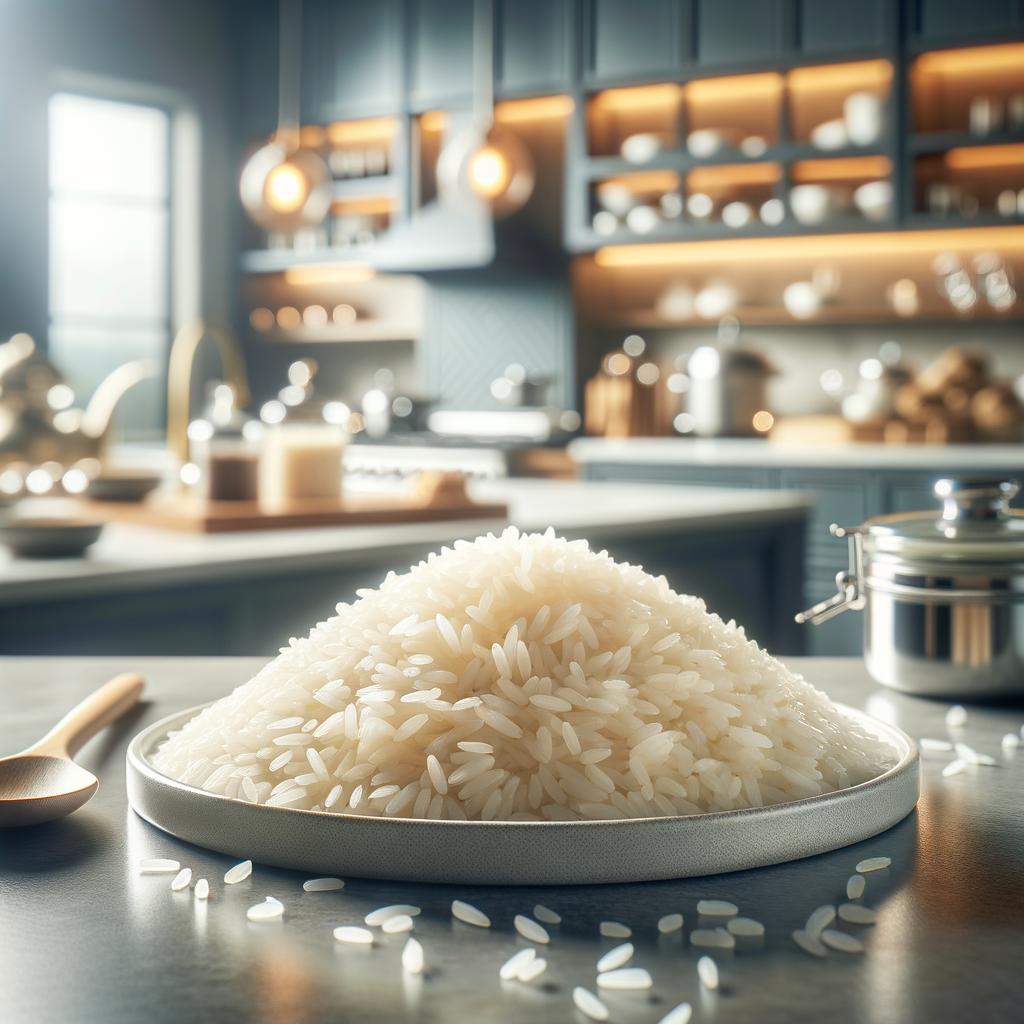Sweet Rice

Description
Sweet rice, also known as glutinous rice or sticky rice, is a unique grain that is cherished for its distinctive qualities. Unlike its name suggests, it doesn't possess a sweet flavor but rather a subtle, mild taste. Its appearance is characteristic - the grains are short and plump, with a pearly white sheen that glows when cooked. The texture is what truly sets it apart; when cooked, sweet rice transforms into a delightfully sticky, glutinous consistency, a far cry from the fluffiness of regular rice. This stickiness is due to its high amylopectin (a type of starch) content, a unique characteristic that distinguishes it from other rice varieties.
Primary Uses
Sweet rice is a staple in many Asian cuisines, particularly in Chinese, Japanese, and Thai cooking. It is the star ingredient in a range of dishes, from savory to sweet. You'll find it in Chinese zongzi (sticky rice dumplings), Japanese mochi, and Thai mango sticky rice. It's also used to make rice wines in various Asian cultures. Beyond culinary uses, sweet rice holds cultural significance, often used in religious ceremonies and festivals, symbolizing unity and togetherness.
History
The history of sweet rice is steeped in centuries of tradition and culture. Originating in Southeast Asia, it has been cultivated for over a thousand years. The grain's stickiness led to its use in communal and celebratory dishes, symbolizing the bonding of people in social and spiritual gatherings. Over time, its use has spread across the globe, and it's now enjoyed in many forms, from traditional dishes to innovative desserts. There's a charming folklore in Thailand that planting sweet rice would bring about a loving marriage, as the stickiness of the rice symbolizes the closeness of the couple.
Nutritional Information
Sweet rice is not just a culinary delight but a nutritional powerhouse as well. It's a good source of energy, thanks to its high carbohydrate content. It also provides essential minerals like iron and zinc, along with B vitamins, which play a vital role in energy production. However, it's worth noting that sweet rice has a higher glycemic index compared to other rice varieties, which means it can raise blood sugar levels more quickly. Therefore, it's best enjoyed in moderation, particularly for those managing diabetes. Despite this, its unique texture and taste make it a beloved ingredient that adds a touch of magic to any dish it graces.

